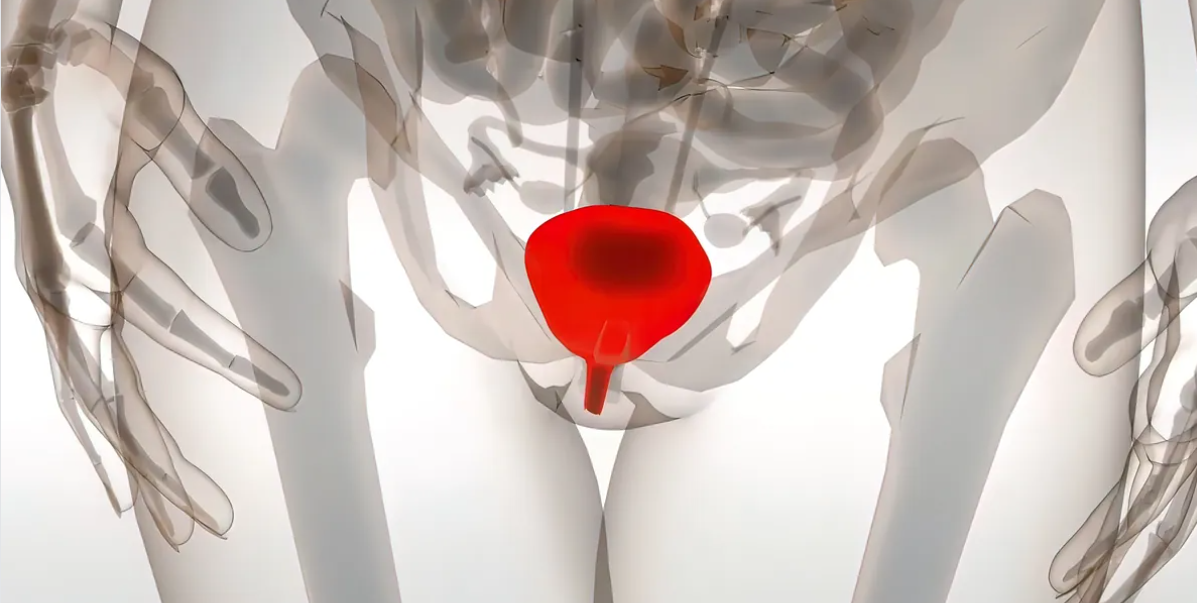Researchers found that urination is the primary component of female squirting. New evidence suggests that the fluid produced by squirting is primarily pee, with a small percentage likely coming from the female prostate (Skene’s glands, two glands on either side of the urethra).
Okayama Central Hospital’s Ethics Review Board did greenlight a study on this topic, and the paper’s methods section is extensive.
The nature and origin of the fluid produced during the sexual activity of the vagina have been shrouded in mystery for millennia. Several Chinese Taoist works from the fourth century make reference to it as well.
Fluid can be expelled from the urethra during orgasm brought on by vaginal sexual stimulation. Up until recently, it was assumed that any fluid coming from a woman was ejaculation. One research, however, made a further distinction, labeling the lower quantity of fluid described as “thick and whitish” as female ejaculation and labeling any excessive fluid as “squirting.”
Squirting and female ejaculation, both of which are accomplished during an orgasmic state, are significantly different from urine incontinence. When a woman experiences urinary incontinence during sex, she is usually aware of the problem and has a negative PSA.
Squirting is a skill possessed by between 10 and 54 percent of women, and the average volume is between 1 and 900 ml. However, the nature of the fluid’s constituents and its mode of emission remains mostly mysterious.
A small number of previous experiments have been conducted on this subject. Salama et al. (2014) used ultrasonography to compare the composition of urine collected before and after sexual activity.
Five ladies who participated in the current study and gave their informed consent all claimed to be able to squirt. The researchers didn’t want squirting to be a factor, so the report made sure to emphasize that the participants weren’t sex workers.
In order to collect urine for the experiment, a urethral catheter was placed in the bladder. In order to turn any secretions a vivid shade of blue, the study team injected a mixture of indigo carmine and saline (hopefully to differentiate from anything normally secreted from their bodies).
Participants were then subjected to either manual or penis-based sexual stimulation (although the paper never mentioned whose). Before beginning the penile stimulation, he was given a condom and told to put it on while the researchers left the room for privacy. When they returned, they began squirting the man. Although it was later noticed that the male volunteer had to remove the condom because the penile stimulation was insufficient, it was nevertheless guaranteed that he did not ejaculate.
The collected fluid was then examined for levels of PSA and glucose, and the results were confirmed by video.
All 5 samples of the obtained liquid were blue. The blue dye has diluted in the urine, as expected.
PSA was found in four out of the five samples, with extremely high levels found in one female sample. The developed Skene’s glands may have been the cause of the swelling in the G-spot that the volunteer man felt in the high-level PSA sample just before the squirting started. Furthermore, it was not evident from these four samples whether the ejaculatory fluid was expelled before or during the “squirting” process.
During the course of the study, none of the female participants experienced any symptoms of urine incontinence.
There was some variation in collection methods because the researcher tried not to interrupt the sexual excitement, as was mentioned in the publication. PSA contamination on the male side is also possible due to samples taken from people who experienced penile stimulation without a condom.
In a way that shouldn’t come as a surprise, researchers struggled mightily to recruit participants for this study.

